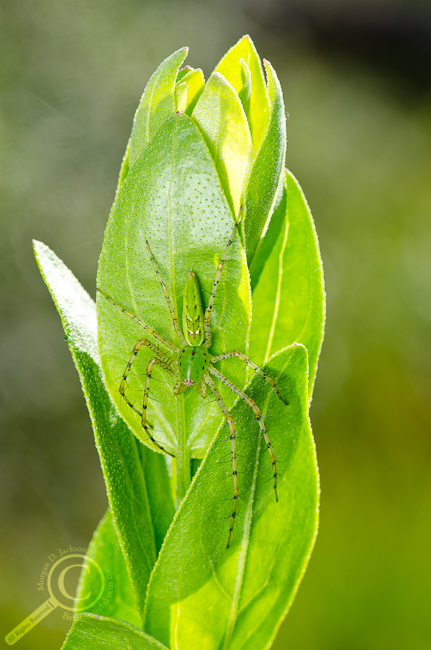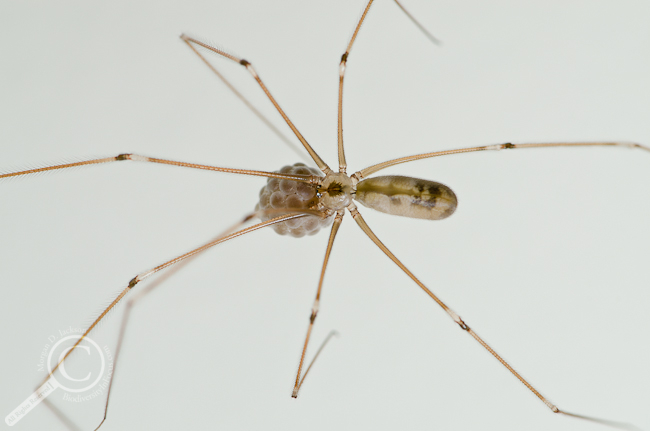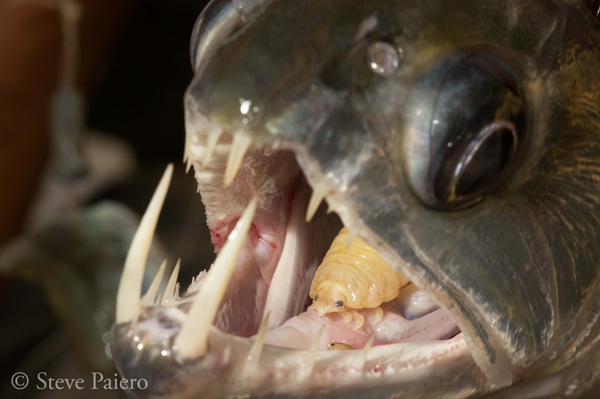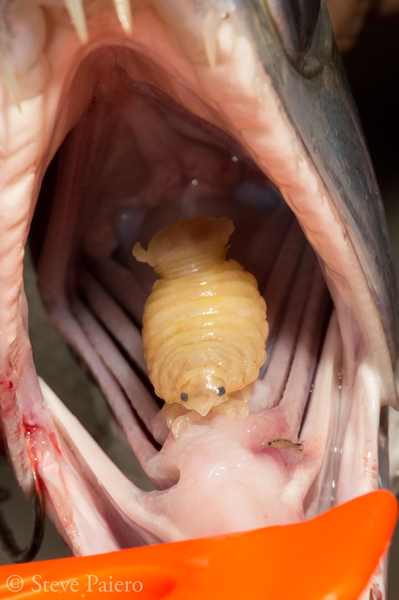In the latest issue of Scientific American, David Shiffman has a short article titled “Monikers Matter“, on the potential importance of common names for the conservation of species. He highlights the case of Charopa lafargei Vermeulen & Marzuki, a species of recently discovered snail only known from a single hill in Malaysia which is slated for demolition by the cement company Lafarge. He also cites a 2012 study by Paul Karaffa et al. that examined how student’s value animals based solely on (fictional) common names, and found that patriotic or “positive” names resulted in the students being more willing to conserve those species. It’s an interesting idea, and might be something for taxonomists to consider.
But, every species name put forward in Karaffa et al.’s study was either a mammal or a bird. Do we really think the same principles will apply for all species equally, specifically the uncharismatic invertebrates like insects, snails and their overwhelmingly diverse brethren?
There are 3 species listed as Endangered or Critically Endangered by the IUCN which have a common name that includes the term “American” (a term that features heavily in the positive section of Karaffa et al.’s survey), 2 of which are found in the USA (the 3rd is a Central American frog). Conveniently for this comparison, one is a vertebrate, the American Eel (Anguilla rostrata; listed as Endangered), and the other an invertebrate, the American Burying Beetle (Nicrophorus americanus; listed as Critically Endangered).
To estimate how much society values the conservation of these 2 species, I simply entered their scientific species names into Google Scholar and restricted the results to papers published in 2014, with the assumption that the number of people actively studying a species should act as a pretty good approximation for the value we place on that species as a society. In 2014, there were at least 456 papers published discussing the American Eel. In comparison, there were only 26 papers discussing the American Burying Beetle.
Obviously there is more at work here than just common names, but the fact that we value (by this simple metric at least) the American Eel so much more than the American Burying Beetle (a factor of 17.5x more) suggests that monikers don’t really matter, unless of course you share a spine with the species.
Vertebrate and charismatic bias is a significant influence in conservation biology, and nomenclature is unlikely to be an easy fix for it.
—
Karaffa P.T. & E. C. M. Parsons (2012). What’s in a Name? Do Species’ Names Impact Student Support for Conservation?, Human Dimensions of Wildlife, 17 (4) 308-310. DOI: http://dx.doi.org/10.1080/10871209.2012.676708
Vermeulen J.J. & Marzuki M.E. (2014). ‘Charopa’ lafargei (Gastropoda, Pulmonata, Charopidae), a new, presumed narrowly endemic species from Peninsular Malaysia, Basteria, 78 (1-3) 31-34. DOI:




